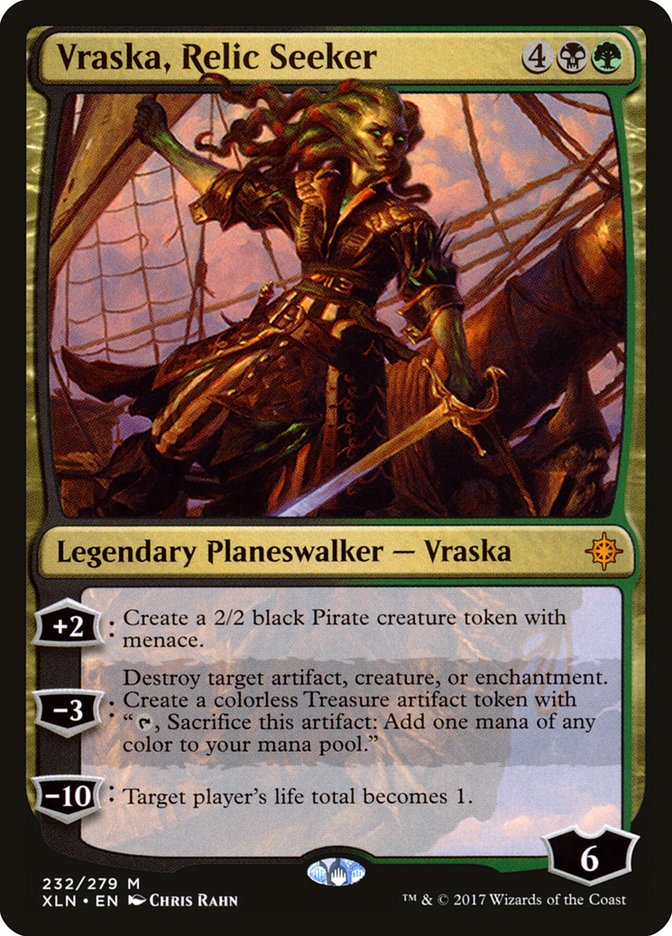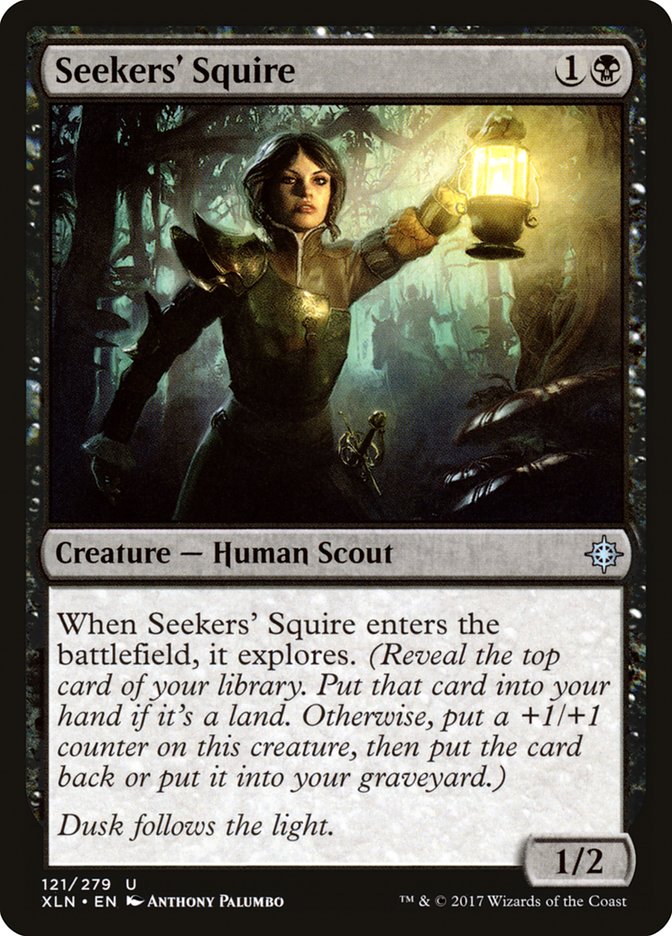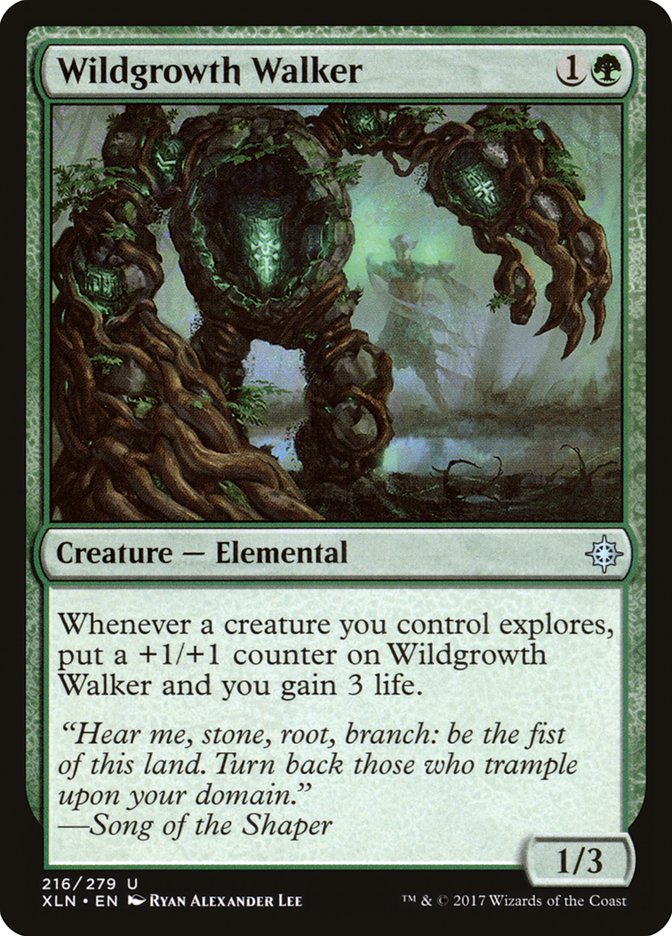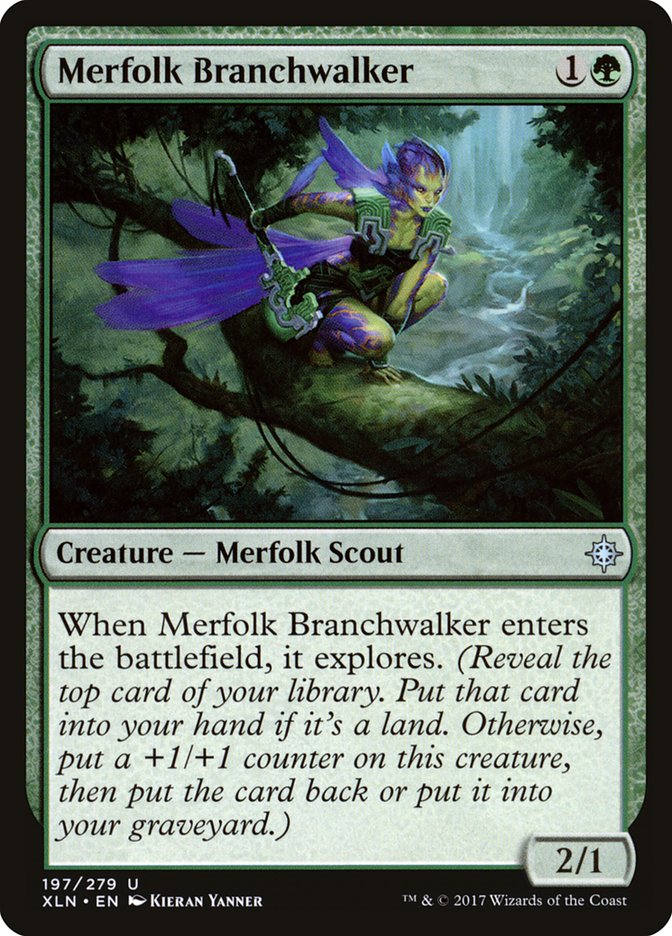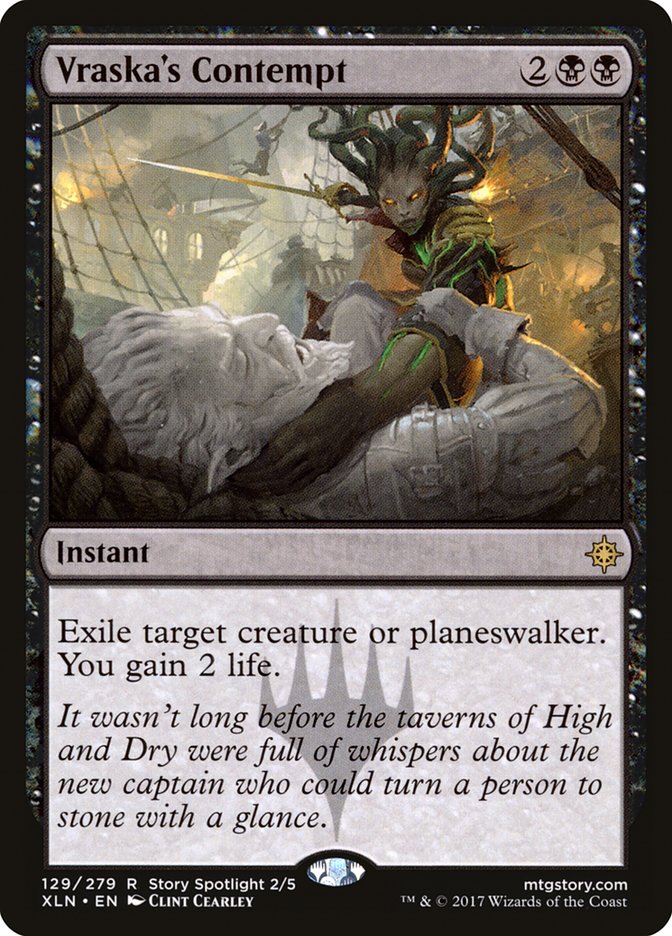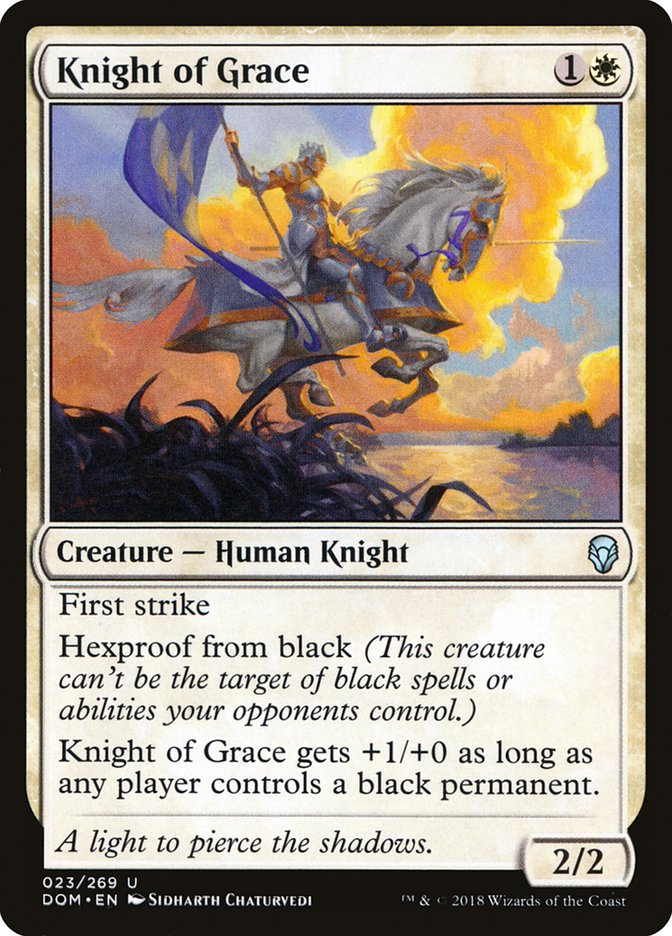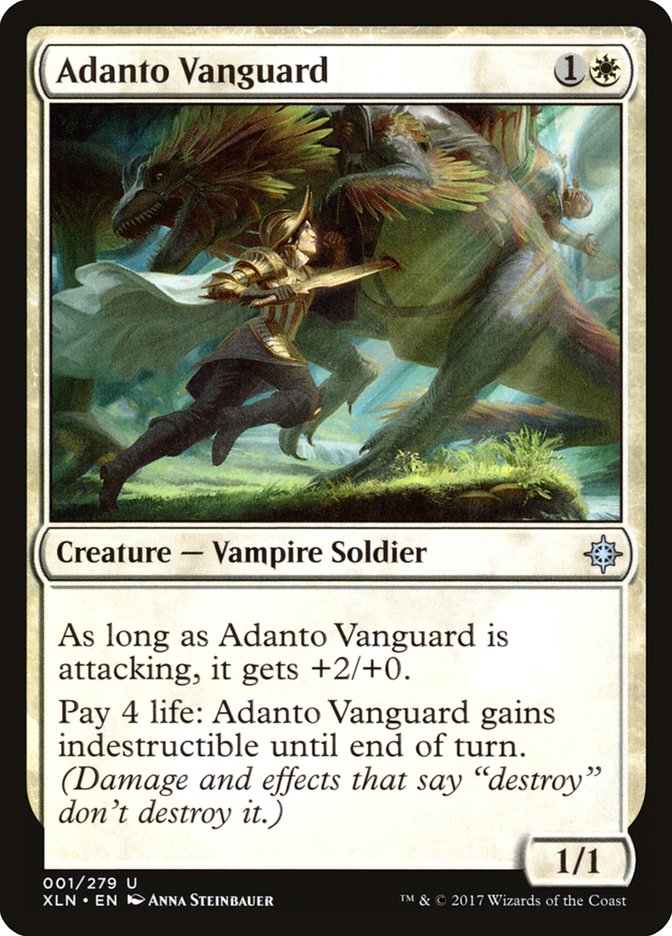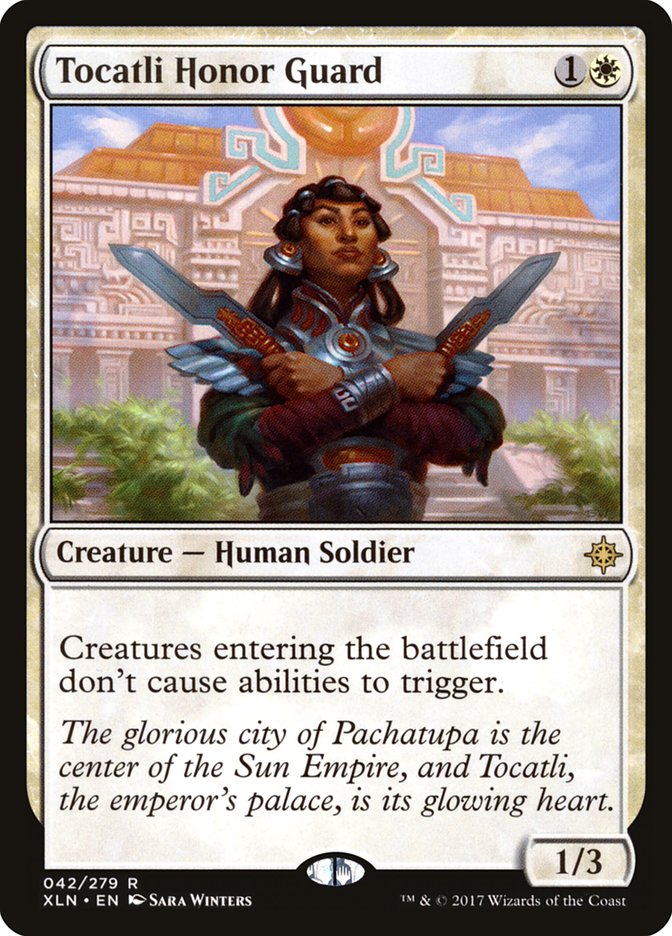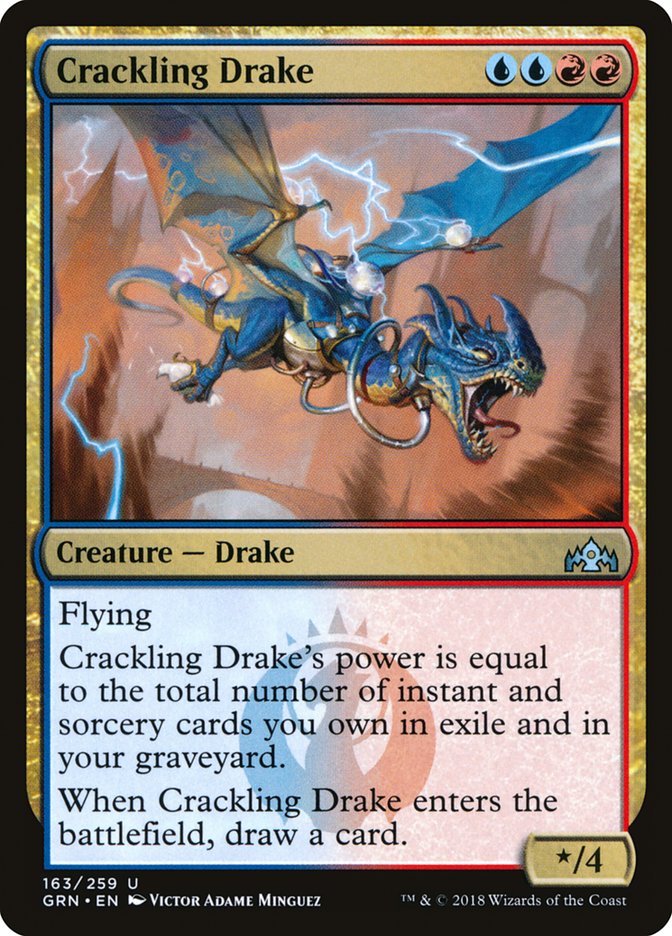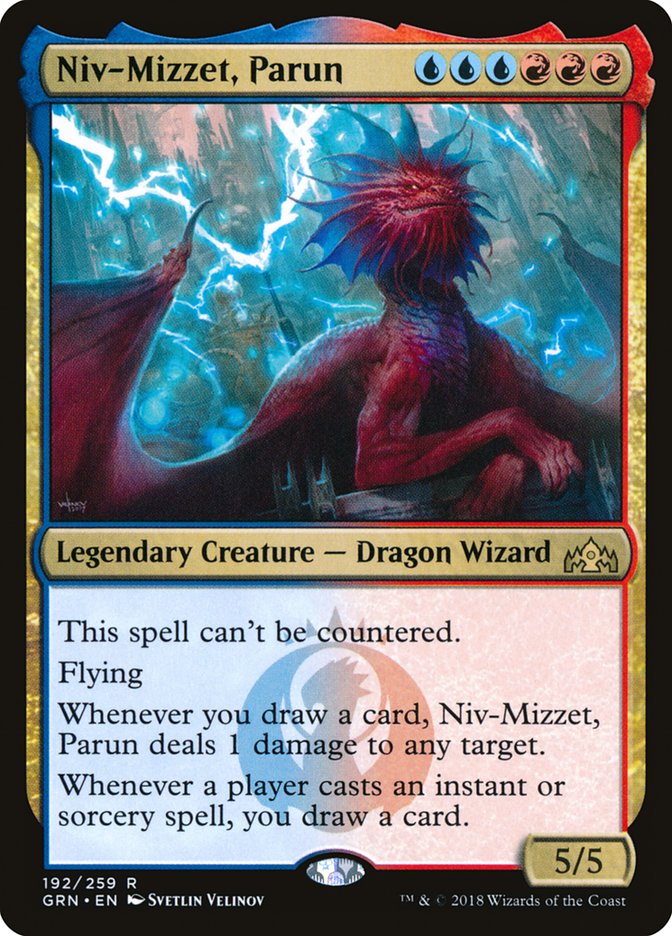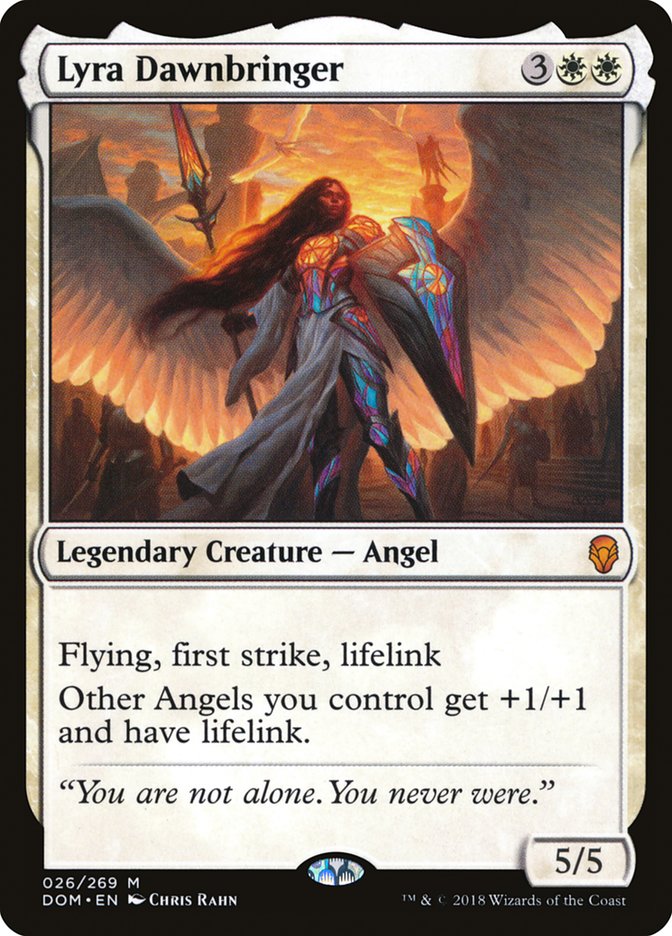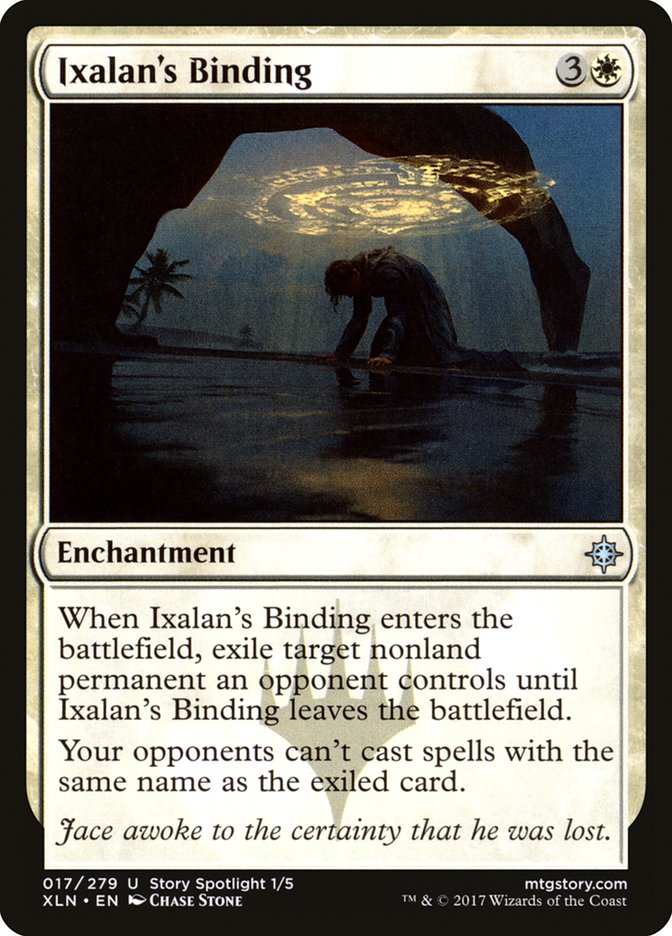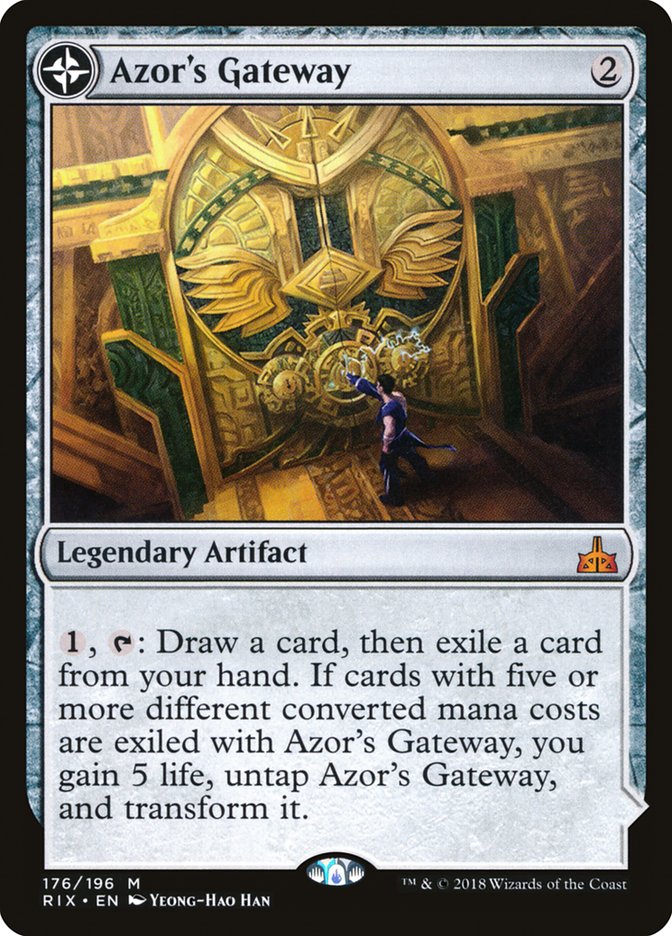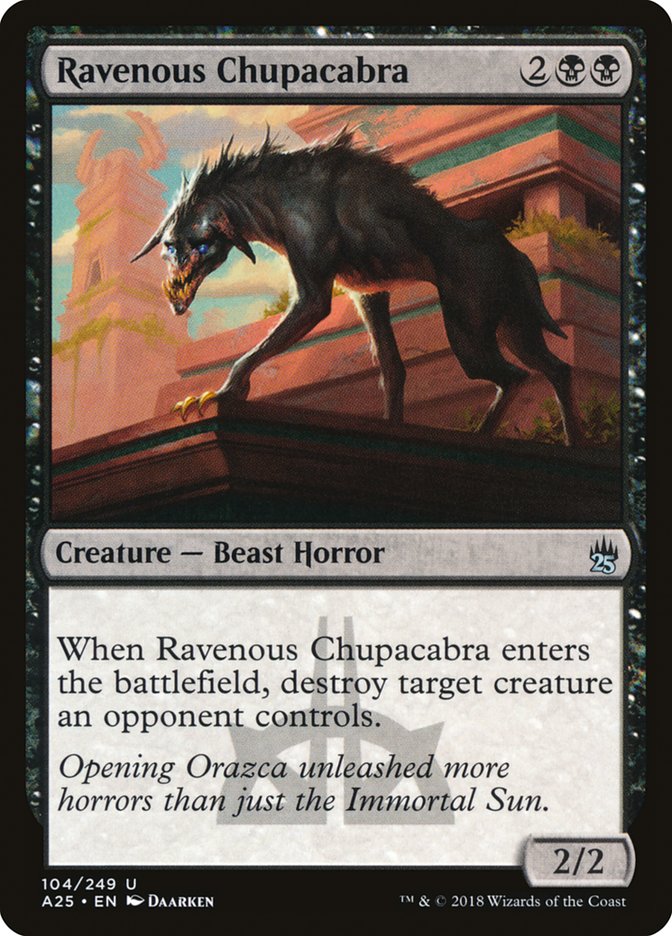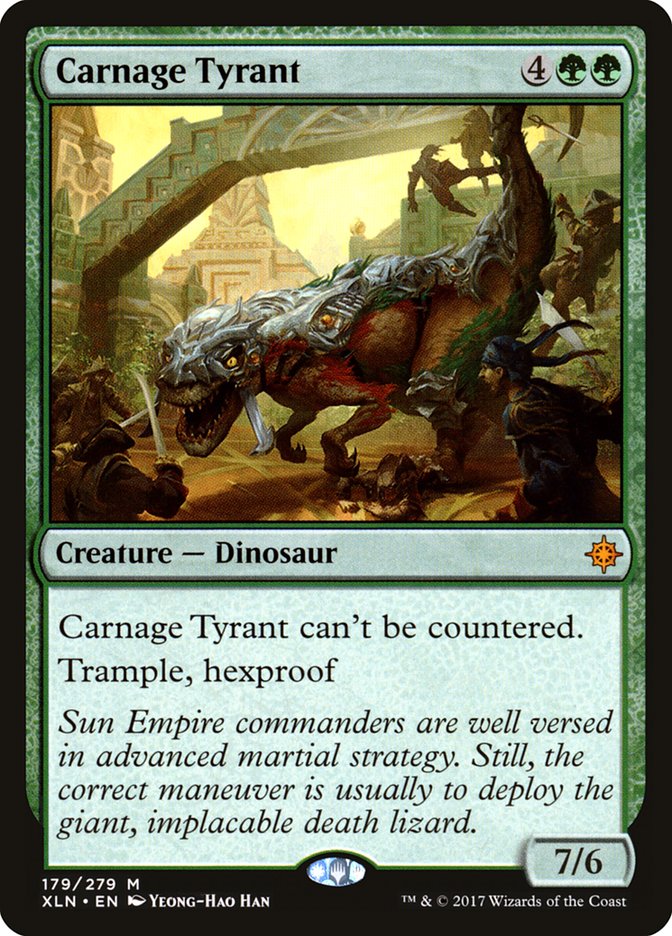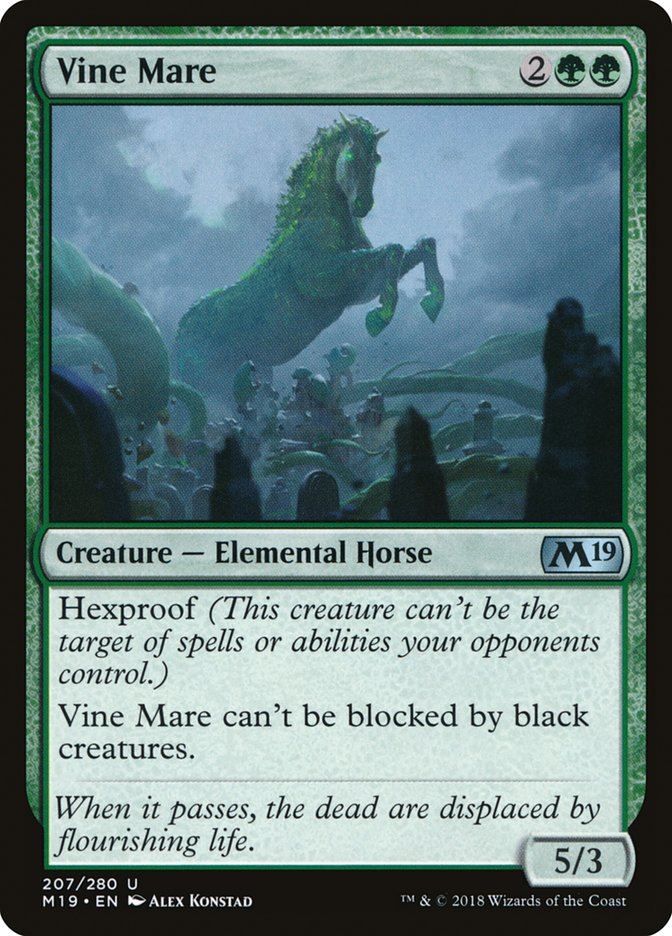First question: The quote
“Cradle of the Golgari’s new kingdom. Grave of those who wronged its
queen.”
can be attributed to which of the following:
- A. The new Overgrown Tomb’s flavor text
-
B. The broken murmurs of Jadine Klomparens as she jams league after
league of Golgari - C. A description of last weekend’s online PTQ
- D. All of the above
If you answered “D,” you’re lucky, great at understanding cheap joke
structures, or some combination of both. For fans of Vraska and her band of
pirates and explorers, last weekend was pretty great. Taking three-quarters
of the top 8 in an event with roughly 350 people is definitely eyebrow
raising.
The kneejerk reaction to these kinds of results is to assume that the deck
will be completely dominant throughout its time in Standard, but that kind
of assumption is still fairly premature. Despite both of us playing a list
that matched a player in the elimination rounds, Jadine and I were both
dead by the fifth swiss round, and it wasn’t just us losing a ton of mirror
matches. Golgari is beatable. On top of that, it’s beatable by almost
everything.
Anything Versus Everything
The upcoming Standard format is shaping up to have a mentality that
translates from Modern, that can be concisely summed up like this: You can
beat anything, but you can’t realistically beat everything.
Regardless of what color(s) you’re looking at playing, your red deck can go
long, your green deck can be aggressive, your blue deck can splash to focus
on creatures or spells, your white deck can go wide with creatures or
punish creatures with sweepers, and so on.
The issue is going to come down to building a cohesive deck while tuning it
for a specific metagame. Going into this weekend, it’s fairly safe to
assume that the deck we need to be beating is Golgari Midrange. Keep that
in mind as it’s on us to figure out how each color can attack it.
Red
If your red deck can’t beat this package, then it isn’t worth playing. What
does this mean?
Rather than leaning into cards like Viashino Pyromancer, it’s better to
look into cards that are resilient in the face of removal, can attack
through a bunch of two-drop creatures, can kill a 2/4 or 3/5 early, and
translate well into the mid- to lategame. Ironically, there was a great
example of this in the PTQ:
Creatures (17)
Spells (43)

It took exactly one match against this red deck to realize that Rekindling
Phoenix is a bit of a problem for a big chunk of the Golgari decks that are
running around. Of all the lists in the top 8, take a guess how many copies
of Vraska’s Contempt were in maindecks.
Two.
The Golgari deck is great in that it’s very good at grinding and having all
its cards provide some sort of immediate advantage upon entering the
battlefield, but what it isn’t good at doing is double-spelling. This means
it’s hard to provide two effects that kill a creature within the same turn
cycle, largely because the deck doesn’t play a ton of instants, and that
means the Rekindling Phoenix is even more likely to make it back from the
graveyard after being destroyed by a Ravenous Chupacabra or Vraska, Relic
Seeker.
The other thing that this deck is doing right is that its threats are
diverse. Experimental Frenzy makes it easy to justify playing cards onto
the battlefield into Golgari’s removal, and then punishes the same Golgari
player if they blow too many of their versatile removal on things like
Runaway Steam-Kin, rather than the four-mana Yawgmoth’s Bargain.
On top of what the deck is playing, what it isn’t playing is also
incredibly noteworthy. I alluded to the lowered power of Viashino
Pyromancer earlier, but there isn’t a single one-drop creature in this
list. There’s even a 25th Mountain in the sideboard! This is a full-on
midrange deck and it’s going to line up incredibly against versions of
Golgari that are still dedicating tons of space to mopey explore creatures
and Dead Weights.
The takeaway from this decklist should come from the threats that it’s
playing. Rather than trying to go under the Golgari deck with fast starts,
resiliency and diversification are the name of the game. Vraska’s Contempt
doesn’t line up against Experimental Frenzy and the Planeswalker suite
doesn’t line up particularly well against Rekindling Phoenix. Everything
else is a card that is meant to bait removal and let these cards
demonstrate their closing power.
White
White’s best line is going to involve taking the opposite approach against
Golgari. Golgari’s pile of Doom Blades and Naturalizes stapled to threats
is frequently going to line up pretty well against the color that sports
the most efficient creatures and flavors of Oblivion Rings.
Rather than trying to fight Golgari with big clunky Angels or by answering
their threats, the best answer is going to be going around them:
Creatures (27)
Spells (33)

The idea here is pretty straightforward. Play a ton of creatures and assume
that having nine attackers versus four blockers is going to produce enough
damage to make the attack worth it.
There are also several cards in the deck that line up well with what the
Golgari is trying to do. Both cards are able to comfortably attack into
either of the explore two-drops from Golgari, and even function as
chump-attackers in later portions of the game when the aforementioned lines
that involve sending a bunch of creatures to their deaths. That’s to say
they’re early drops that may not be able to break through absolutely
everything, but they’re generally going to be able to survive combat with
most mid-sized creatures, even when blocked.
In lieu of playing bigger cards a la Shalai, Voice of Plenty or Trostani
Discordant, this list leans harder on the power that flying has against the
Golgari archetype with Remorseful Cleric and Skymarch Aspirant as ways to
push through damage in the later phases of the game.
Holy hate cards, Batman! Sometimes an opponent plays a card that’s so
subtly powerful against you that just have to laugh.
While playtesting Golgari, the opponent cast a Tocatli Honor-Guard while I
stared at the following hand:

My hand went from “quite good” to “nigh unplayable” on the back of a single
card.
The real strength in this white deck is in its two-drops and that many of
its cards create situations that force the Golgari player to choke on mana
while answering everything that’s happening.
A ton of strength in the Golgari deck is that Ravenous Chupacabra does a
good Goblin Chainwhirler impression: “Cast a creature that mops up the
important thing that came down before it and leave a body behind that
bridges to the next part of the game.” Cards like Tocatli Honor Guard,
Knight of Grace, History of Benalia, and Ajani, Adversary of Tyrants all
disrupt this gameplan splendidly and make it so that the Golgari deck is
both playing from behind and being attacked while struggling to catch up.
Blue
It’s really simple: stop giving their cards targets.
Why on earth would you ever want to play a card that’s easily answered by
Vraska, Relic Seeker and requires you to tap so much mana on your own turn?
Stop it. Get help.
First, Ixalan’s Binding isn’t doing anything that a counterspell can’t, and
the drawback of having it destroyed by Vivien Reid is just through the
roof. Secondly, past the cute interaction between the backside of Azor’s
Gateway and the second half of Expansion, Azor’s Gateway is demanding a ton
of mana to just spin one’s wheels. Playing some more counterspells and
sweepers in their place is likely going to be fine.
The Golgari deck isn’t great at applying pressure, which means patience is
the name of the game.
Planeswalkers (4)
Lands (20)
Spells (36)

When a deck isn’t applying a ton of pressure, it’s easy to simply play on
the opponent’s turn, taking damage until you can afford to sink lands into
mana-efficient sweepers like Deafening Clarion, while holding up Sinister
Sabotage or Disdainful Stroke.
The explore creatures aren’t generating “real” card advantage that the
control decks care about. Having a ton of lands is fine, as the plan of the
control deck is for the games to go long anyway. This means mana denial
isn’t really a part of their strategy, and the opponent casting all their
spells is part of Plan A.
Removing the Chupacabra targets, the things that Vraska and Vivien can
remove efficiently, and so forth, are the ways to drastically reduce the
things they can target with their cards. Ravenous Chupacabra is a great
card until it’s a four-mana 2/2, never tapping out for something that
Vivien can pop makes it more likely she never resolves in the first place,
and so on.
Chemister’s Insight and Teferi will eventually out-grind what the Golgari
deck is doing; it’s simply a matter of not letting their cards do as much
as they want them to do.
The Golgari Mirror
You know what they say: “If you can beat them, join them and take over.”
It’s also possible that isn’t a saying, but I’m coining it now.
The mirror is about doing one of two things: grinding and invalidating.
If a card isn’t grinding the opponent out or invalidating their cards, it
could be better.

The grinding part is fairly obvious. The cards that generate some sort of
card advantage as soon as they’re cast are important in these matchups
because of cards like Assassin’s Trophy.
If everything can be answered as soon as it hits the table, playing cards
that need their caster to untap to generate value are going to lose a ton
of value. This is the biggest reason that despite a surge of play during
the first week of new Standard, Doom Whisperer has mostly fallen by the
wayside.
Invalidating the opponent’s cards is a bit more difficult, but still
doable. The idea is that cards that the opponent can’t interact with are
going to be good. The hexproof mechanic is the go-to example of this.
Taking all of this into account, Steve Mann built what’s effectively the
most anti-Golgari version of Golgari one can come up with:
Creatures (22)
- 4 Druid of the Cowl
- 3 Carnage Tyrant
- 3 Seekers' Squire
- 4 Jadelight Ranger
- 3 Ravenous Chupacabra
- 3 Elvish Rejuvenator
- 2 Golgari Findbroker
Planeswalkers (2)
Lands (16)
Spells (20)
Sideboard

The sideboard says as much about the deck’s plan as the maindeck does.
Three Golden Demise, two Dead Weight, and the full four Moment of Craving
says a lot about what SMann thinks of his pre-sideboard matchup against
low-to-the-ground creature decks. Looking at the maindeck, however, we see
cards that fit into one of two categories:
- Cards that produce mana
- Cards that generate some sort of card advantage
- Spot removal
This deck is trying not to die, and if it accomplishes that, it will
generate more card advantage than anything it plays against, including the
mirror.
This is naturally an extreme, but what we can learn from it is exactly what
it is that crushes Golgari and the things that can be added to other decks
to make that happen.
Overarching Points
If there’s a conclusion to be drawn from this article, it’s that Golgari
isn’t close to unbeatable. People everywhere are figuring out how to do it
in their own way and isolating the points of weakness in the Golgari deck
is the first step in tuning one’s deck to beat it. Today, Abe Stein is
going to touch on what exactly these decks are doing correctly to beat
Golgari, and this article touches on why those things are correct so be
sure to check that out.
Combining both articles is what will give you the perfect leg up on today’s
metagame, and applying the theories inside of them in your deckbuilding
will help you stay ahead of the curve throughout this Standard season.


